
Don’t you just hate it when you buy a whole lot of food, only to have it spoil because you didn’t feel like eating it then and there? These 16 tips will show you how to save both money, time, and frustration by making the most out of your “old” food.
1. Too-Ripe Bananas
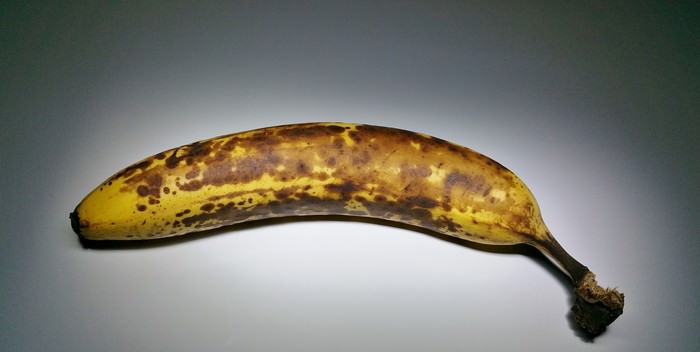
Bananas that have turned almost black may not be appealing for direct consumption but they become incredibly sweet and ideal for cooking. They are perfect for recipes like banana pancakes, moist banana bread, or smoothies where their softness and sweetness enhance the flavor profile. If you're not in the mood for cooking, simply peel them, place them in a Ziploc bag, and freeze them. Frozen bananas can be used later for baking or as a creamy base for smoothies. This not only minimizes waste but also provides a convenient ingredient for future culinary adventures.
2. Watermelon Rinds
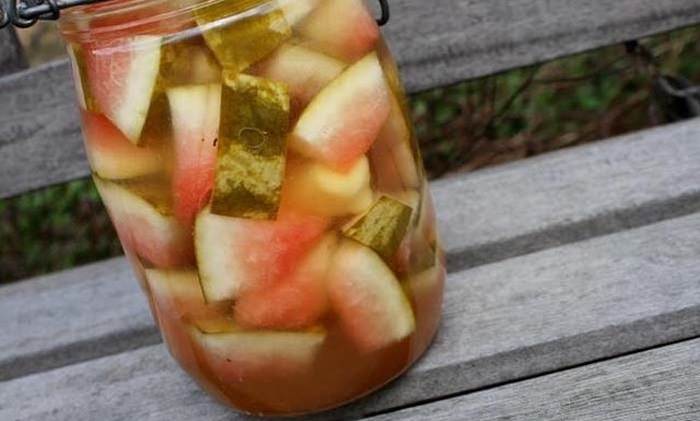
Most people enjoy the juicy flesh of watermelon and discard the rind, not realizing the rind's potential. A wonderful pickled watermelon rind can be created by boiling a mixture of rice wine vinegar, water, salt, sugar, and spices such as peeled ginger and star anise, adding the rinds in the last cooking minute. After cooling in a sealable jar, these pickles can be a unique addition to salads, sandwiches, or as a tangy snack. This method not only reduces waste but also introduces a novel delicacy to your culinary repertoire.
3. Coffee Leftovers
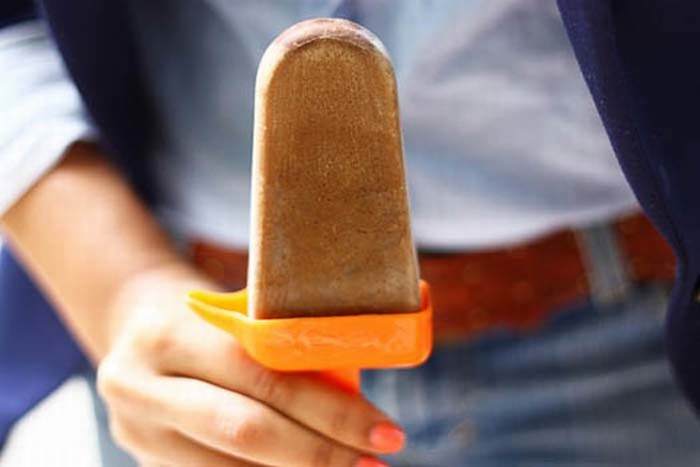
Don't let your leftover morning coffee go to waste. Transform it into delightful coffee popsicles by mixing it with condensed milk and unsweetened cocoa powder, then freezing it in molds overnight. These treats offer a refreshing and flavorful way to enjoy coffee in a new form, perfect for hot summer days or as a dessert that appeals to adults.
4. Pickle Juice
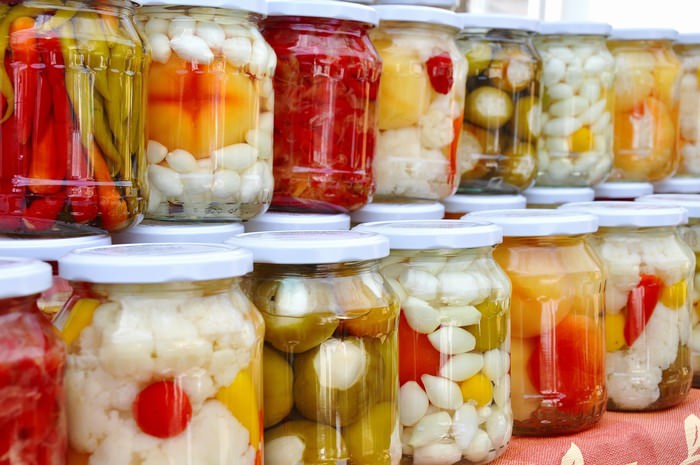
Instead of discarding the juice from store-bought pickles, use it to pickle other vegetables. This is an economical and efficient way to create homemade pickles and add flavor to dishes. The brine can be reused for cucumbers, carrots, or even hard-boiled eggs, providing a tangy twist to your meals and reducing waste.
5. Meat Leftovers
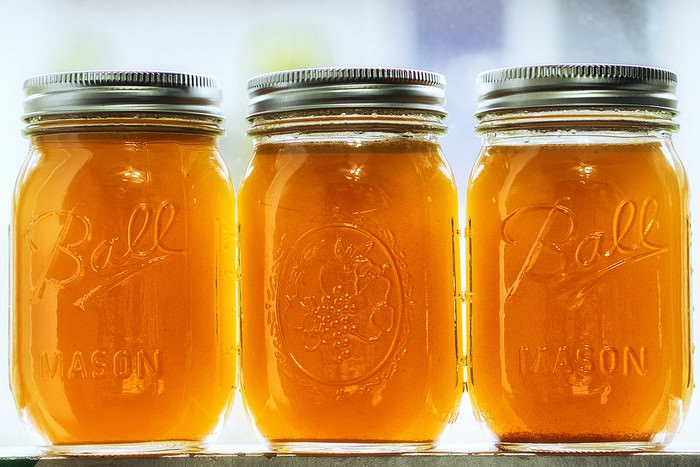
Meat scraps and bones from steak or chicken should not be thrown out. They can be boiled in water to prepare a rich and flavorful beef or chicken stock. This homemade stock serves as a versatile base for soups, stews, and sauces, enhancing the taste of countless recipes while ensuring that every part of your purchase is utilized.
6. Mushy Vegetables
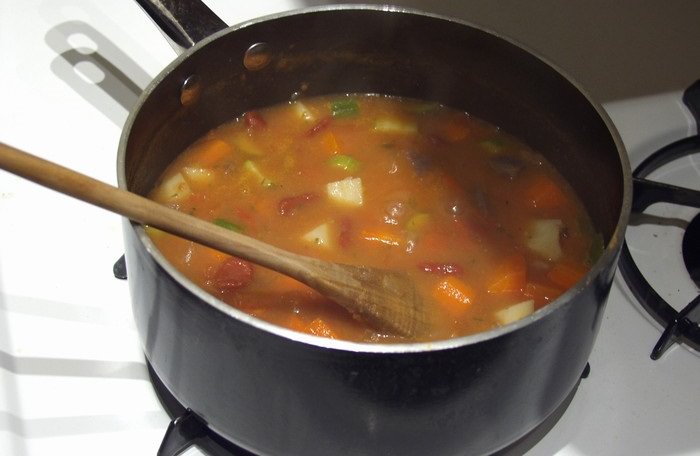
Vegetables that have lost their firmness but are not rotten can be used to make a nutritious vegetable stock. Simply combine them in a large pot with water and simmer. This stock is an excellent base for soups, risottos, and other dishes, offering a way to salvage vegetables and contribute to a sustainable kitchen practice.
7. Vegetable Tops

The tops of vegetables such as carrots, beets, and radishes are often overlooked but are edible and rich in nutrients. They can be enjoyed raw in salads, sautéed as a side dish, or used in pesto. Incorporating these greens into your diet maximizes the use of your vegetables and introduces an array of vitamins and flavors.
8. Bacon Grease
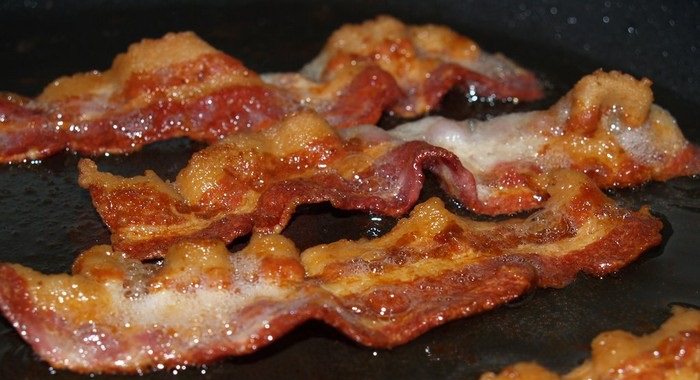
After cooking bacon, save the leftover grease in a container. It can be used to add depth and savory flavor to dishes such as omelets, roasted vegetables, or cornbread. Utilizing bacon grease not only enhances the taste of various recipes but also aligns with a no-waste cooking philosophy.
9. Stale Bread

Before you throw that bread away, why not turn it into croutons? Dice the dry bread. If it is a bit too dry, put it on a baking pan and warm it for about 10 minutes until the surface becomes very dry. Put a pan on a medium to high fire and melt a little butter. Put the bread dices in the pan and mix until all the sides begin to turn brown. When the bread has been toasted, remove from the fire. If you do not plan on using the croutons right away, let them cool and, only then, put them in storage.
10. Stale Potato Chips
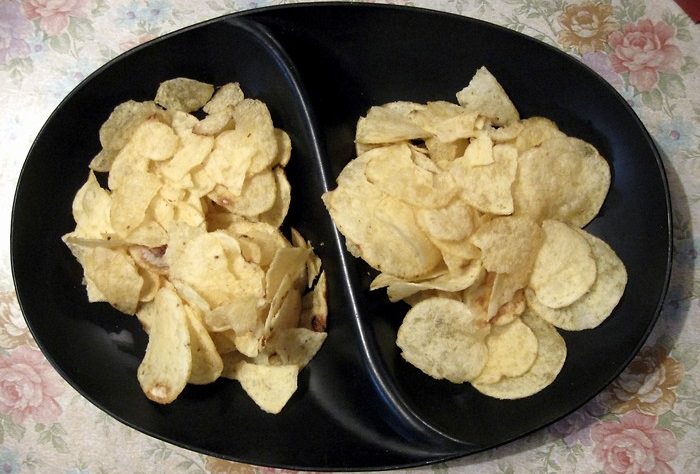
Stale potato chips need not be wasted. They can be crushed and used as a breading for chicken, providing a unique and crunchy coating. Dip the chicken in egg wash, then in the crushed chips, and bake or fry. This innovative use of stale chips can elevate a simple chicken dish to an exciting meal with added texture and flavor.
11. Broccoli Stalks
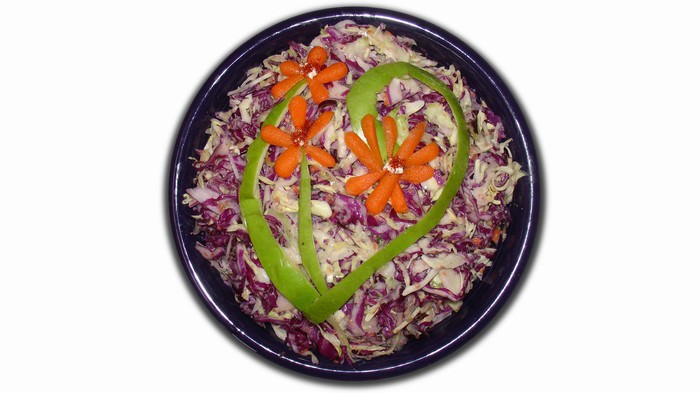
Instead of discarding broccoli stalks, they can be chopped and used to make a fresh and crunchy coleslaw. This not only reduces waste but also offers a healthier and more flavorful alternative to store-bought coleslaw, enriching your meals with additional nutrients and fiber.
12. Onion/Celery/Carrots on Their Last Leg
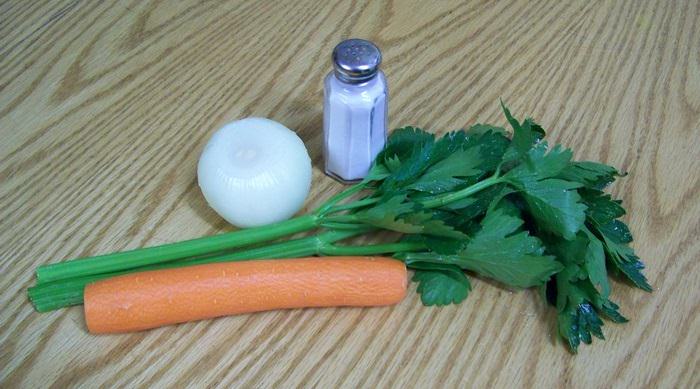
When onions, celery, and carrots are nearing the end of their shelf life, chop them up and store them in Ziploc bags in the freezer. This not only preserves them for longer but also provides you with ready-to-use ingredients for soups, stews, and other dishes, ensuring you always have the basics at hand for flavoring your meals.
13. Potato Skins
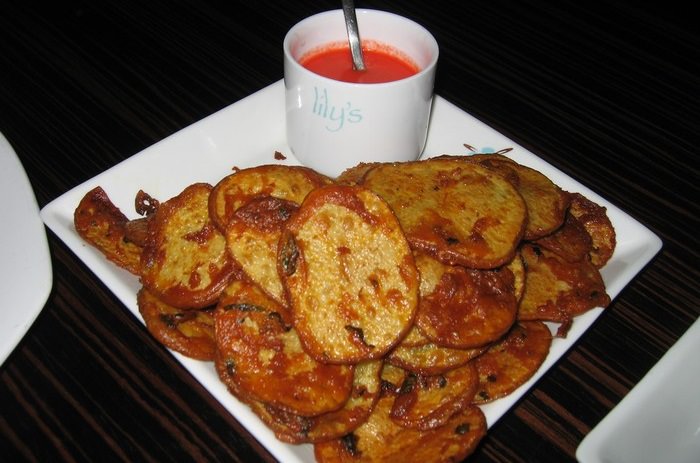
If you spent time peeling potatoes, don’t let the skins go to waste. Fry them, or roast them in the oven for delicious, crunchy chips.
14. Apple Cores & Skins
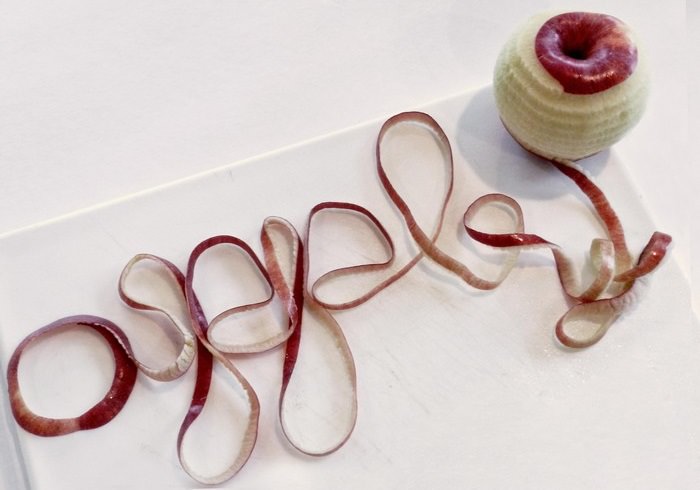
Apple cores and skins can be used to make a sweet and flavorful jam. If the apples are slightly mealy, they can be added to coleslaw or salads for an extra burst of sweetness and texture, providing an innovative way to utilize all parts of the apple and enhance your dishes.
15. Leftover Herbs
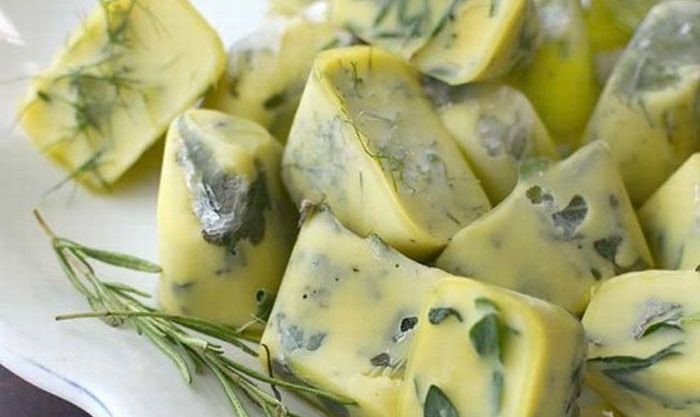
To prevent fresh herbs from going to waste in the fridge, blend them with olive oil and freeze the mixture in an ice tray. These herb-infused oil cubes can be used to instantly season dishes, offering a convenient and flavorful way to incorporate herbs into your cooking without waste.
16. Pumpkin Seeds
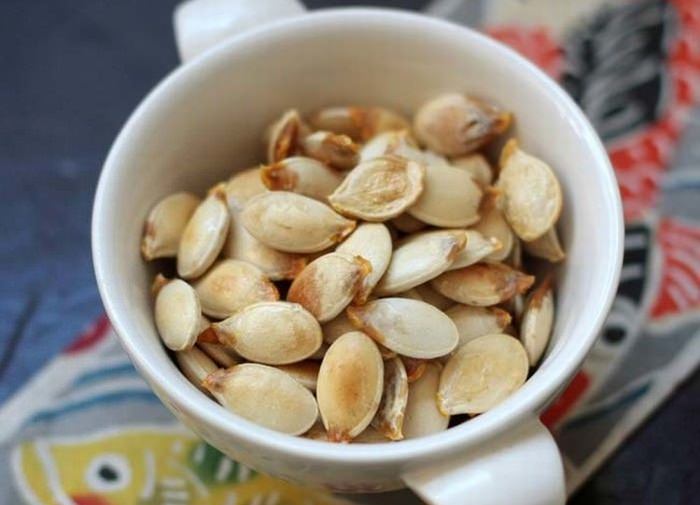
Instead of discarding the seeds when carving pumpkins, clean and roast them for a healthy and tasty snack. Pumpkin seeds are packed with nutrients and can be seasoned in various ways, making them a versatile and beneficial addition to your diet.